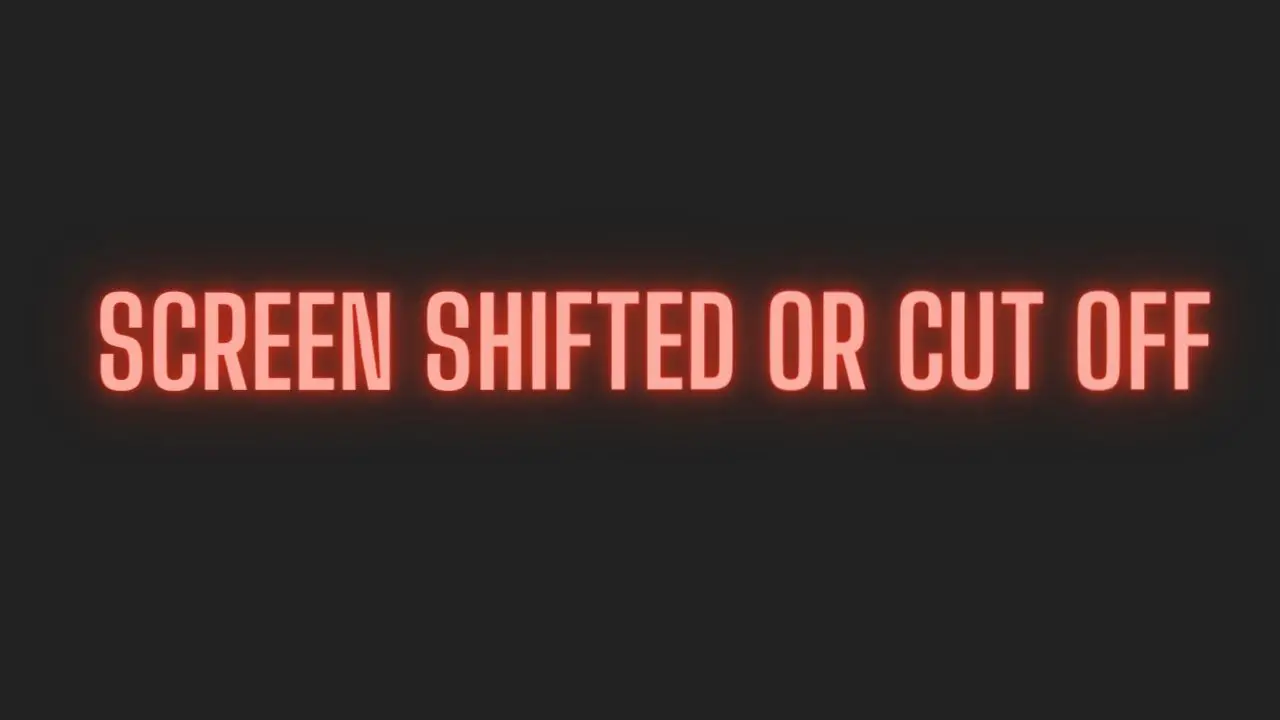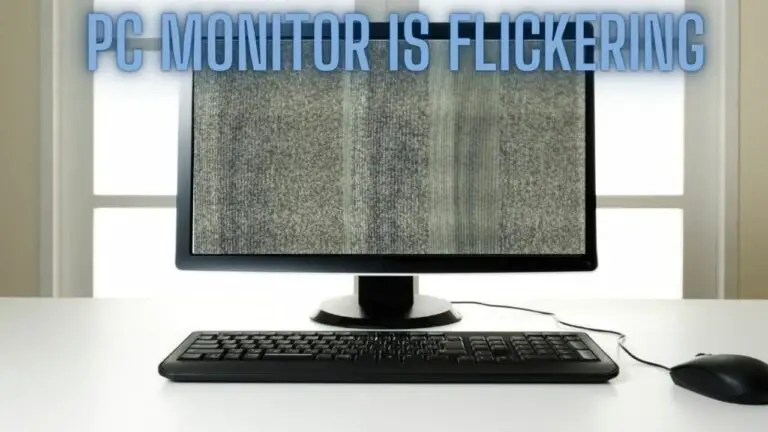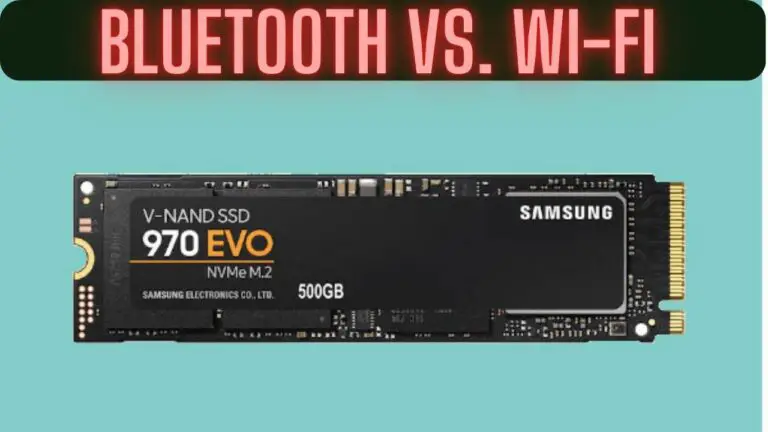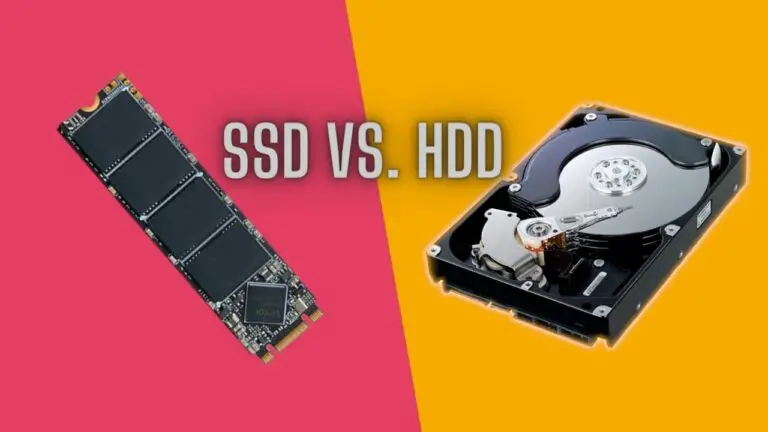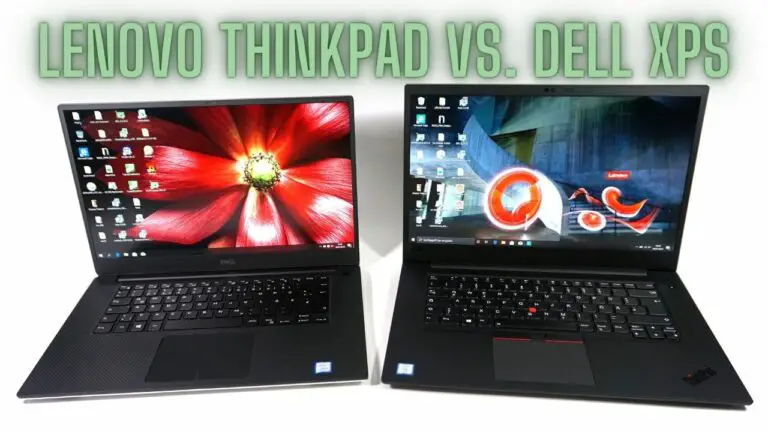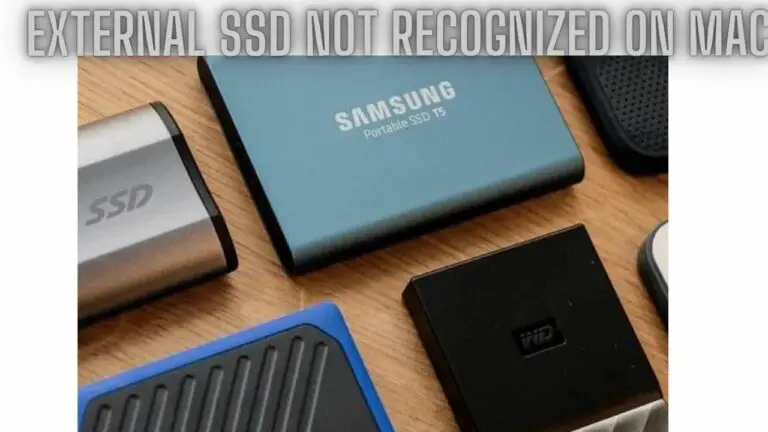Screen Shifted or Cut Off: What to Do? Troubleshooting Display Issues
Introduction
A shifted or cut-off screen can be a frustrating issue that affects the user experience, whether you’re working, gaming, or simply browsing the web. This problem manifests as parts of the screen being off-center, cropped, or missing entirely, making it difficult to view content properly.
In this guide, we’ll explore common causes of shifted or cut-off screens and provide step-by-step instructions for troubleshooting and resolving these issues. By understanding the underlying factors and following the suggested solutions, you’ll be able to restore your screen to its correct position and ensure a seamless visual experience.
Whether you’re encountering this issue on a computer monitor, television, or other display device, the following guidance will help you identify and address the root cause, allowing you to enjoy a properly calibrated and fully visible screen once again. Let’s dive in and troubleshoot the shifted or cut-off screen problem together.
Understanding the Issue
Before delving into troubleshooting steps, it’s important to understand the potential causes behind a shifted or cut-off screen. Several factors can contribute to this issue, ranging from display settings misconfigurations to hardware problems. Here are some common reasons why your screen may appear shifted or cut off:
- Incorrect Display Settings:
- Incorrect display settings, such as an inappropriate screen resolution or aspect ratio, can cause the screen to appear shifted or cut off. This often occurs when the display settings do not match the native resolution or aspect ratio of the monitor or display device.
- Connection Issues:
- Poor or faulty connections between the computer or device and the monitor can result in a shifted or cut-off screen. Loose or damaged cables, connectors, or ports may disrupt the signal transmission, leading to display abnormalities.
- Graphics Driver Problems:
- Outdated, corrupt, or incompatible graphics drivers can cause display issues, including a shifted or cut-off screen. Graphics driver issues may arise due to software updates, operating system changes, or hardware conflicts.
- Monitor Configuration:
- Some monitors have settings such as overscan or underscan, which can cause the screen to be cropped or shifted. These settings are designed to compensate for display inconsistencies but may lead to unintended display distortions if improperly configured.
- Hardware Malfunctions:
- In rare cases, hardware malfunctions within the monitor or graphics processing unit (GPU) can result in a shifted or cut-off screen. These hardware issues may include defective components, overheating, or physical damage.
By understanding these potential causes, you can begin troubleshooting the shifted or cut-off screen problem more effectively. In the following sections, we’ll explore step-by-step solutions to address each possible cause, helping you identify and resolve the issue with your screen.
Initial Checks
Before proceeding with more advanced troubleshooting steps, it’s essential to perform some basic checks to identify any obvious causes of the shifted or cut-off screen issue. Here are the initial checks you should conduct:
- Adjust Display Settings:
- Access the display settings on your computer or device and ensure that the screen resolution and aspect ratio are set correctly. Choose the native resolution recommended by your monitor or display device for optimal clarity and alignment.
- Check Cable Connections:
- Inspect the cables connecting your computer or device to the monitor. Ensure that the cables are securely plugged into both the computer and the monitor’s ports. If using multiple cables (e.g., HDMI, DisplayPort, VGA), verify the integrity of each connection.
- Test with Different Display Ports:
- If possible, try connecting your computer or device to the monitor using a different display port (e.g., HDMI instead of VGA). This helps determine if the issue is specific to a particular port or cable.
- Inspect Monitor Settings:
- Check the monitor’s on-screen display (OSD) settings for any adjustments related to screen position, overscan, or underscan. Ensure that these settings are configured appropriately to prevent cropping or shifting of the screen.
- Restart Devices:
- Restart both your computer or device and the monitor. Sometimes, a simple reboot can resolve temporary software glitches or connectivity issues that may be causing the screen to appear shifted or cut off.
- Check for External Interference:
- Ensure that there are no external factors causing interference with the display signal, such as nearby electronic devices, magnetic fields, or sources of electromagnetic interference (EMI). Relocate any potential sources of interference away from the display setup.
By performing these initial checks, you can quickly identify and address common causes of a shifted or cut-off screen. If the issue persists after completing these checks, proceed to the next section for more in-depth troubleshooting steps.
Troubleshooting Steps
If you’ve completed the initial checks and are still experiencing a shifted or cut-off screen, you can proceed with the following troubleshooting steps to diagnose and resolve the issue:
- Adjust Screen Resolution:
- Open the display settings on your computer and adjust the screen resolution to match the native resolution recommended by your monitor. Select a resolution that provides the best balance between clarity and screen real estate.
- Configure Overscan/Underscan Settings:
- If your monitor has overscan or underscan settings, access the monitor’s OSD menu and adjust these settings as needed. Experiment with different overscan/underscan settings to ensure that the entire screen area is visible without cropping or shifting.
- Update Graphics Drivers:
- Ensure that your computer’s graphics drivers are up-to-date. Visit the website of your graphics card manufacturer (e.g., NVIDIA, AMD, Intel) to download and install the latest drivers compatible with your operating system. Updated drivers may resolve compatibility issues causing the screen to appear shifted or cut off.
- Perform a Monitor Reset:
- Resetting your monitor to its factory default settings can sometimes resolve display issues. Refer to the monitor’s user manual for instructions on how to perform a factory reset. After resetting the monitor, reconfigure any necessary settings and check if the issue persists.
- Check for Hardware Issues:
- Inspect the monitor and graphics card for any signs of physical damage or malfunction. Ensure that all components are properly seated and securely connected. If possible, test the monitor with a different computer or device to determine if the issue is hardware-related.
By following these troubleshooting steps, you can systematically identify and address potential causes of a shifted or cut-off screen. If the issue persists despite these efforts, consider exploring more advanced troubleshooting methods or seeking assistance from a professional technician or manufacturer support.
Advanced Troubleshooting
If basic troubleshooting steps fail to resolve the issue with the shifted or cut-off screen, you can proceed with more advanced troubleshooting methods to diagnose and fix the problem. Here are some advanced steps to consider:
- Adjust GPU Scaling Settings:
- Graphics processing units (GPUs) often include scaling options that can affect how the display is rendered. Access the GPU control panel (e.g., NVIDIA Control Panel, AMD Radeon Settings) and adjust the scaling settings to ensure that the display is correctly scaled and aligned with the monitor.
- Access Advanced Display Options:
- Explore advanced display options available in your operating system’s settings or GPU control panel. These options may include advanced scaling settings, custom resolution configurations, or advanced monitor adjustments. Experiment with different settings to see if any adjustments resolve the issue.
- Check for Firmware Updates:
- Check if there are any firmware updates available for your monitor or graphics card. Firmware updates may address compatibility issues, bug fixes, or performance improvements that could help resolve the shifted or cut-off screen problem. Visit the manufacturer’s website for firmware update instructions and download the latest firmware if available.
- Perform System Diagnostics:
- Run system diagnostics or diagnostic tools provided by your computer’s manufacturer to check for hardware issues. These diagnostics can identify potential hardware problems with the graphics card, monitor, or other components that may be contributing to the display issue. Follow the diagnostic tool’s instructions to perform a comprehensive hardware test.
- Consider Advanced Troubleshooting Tools:
- Utilize advanced troubleshooting tools or software designed to diagnose and fix display-related issues. These tools may include third-party diagnostic software, calibration tools, or display testing utilities. Consult user guides or online resources for instructions on using these tools effectively.
- Monitor Compatibility Checks:
- Ensure that your monitor is compatible with your computer’s graphics card and vice versa. Check the specifications of both the monitor and graphics card to verify compatibility with each other, including supported resolutions, refresh rates, and connectivity options. Incompatibility between the monitor and graphics card may result in display issues.
By employing these advanced troubleshooting methods, you can further investigate and address the issue with the shifted or cut-off screen. If the problem persists despite these efforts, it may indicate a more complex underlying issue that requires professional assistance or consultation with technical support from the manufacturer.
Additional Considerations
In addition to the troubleshooting steps outlined earlier, here are some additional considerations to keep in mind when addressing a shifted or cut-off screen:
- Testing with Different Monitors:
- If possible, test your computer or device with a different monitor to determine if the issue is specific to the monitor or the computer/device itself. Connecting to a different monitor can help isolate the problem and identify whether it lies with the display device or other components.
- Considering Environmental Factors:
- Environmental factors such as lighting conditions, glare, and viewing angles can affect the perceived appearance of the screen. Adjust the lighting in the room and minimize glare on the screen to improve visibility and reduce eye strain. Additionally, consider the ergonomics of your workspace and adjust the monitor position and viewing angle for optimal comfort.
- Seeking Professional Assistance:
- If you’re unable to resolve the issue on your own or if you suspect a hardware problem, consider seeking assistance from a professional technician or manufacturer support. Professional technicians can perform in-depth diagnostics and repairs to address hardware-related issues, while manufacturer support can provide guidance and assistance specific to your monitor or graphics card.
- Documentation and Record-keeping:
- Keep track of any changes made, troubleshooting steps performed, and outcomes observed during the troubleshooting process. Documentation can help you keep organized, track your progress, and provide useful information if you need to seek further assistance from technical support or professional technicians.
- Monitor Calibration:
- Consider calibrating your monitor using calibration tools or software to ensure accurate color reproduction and optimal display settings. Proper monitor calibration can improve image quality, color accuracy, and overall viewing experience, reducing the likelihood of display issues such as a shifted or cut-off screen.
By considering these additional factors and taking appropriate actions, you can enhance your troubleshooting efforts and increase the likelihood of resolving the issue with the shifted or cut-off screen effectively. Remember to approach the troubleshooting process systematically and seek further assistance if needed to achieve a satisfactory resolution.
FAQS
Why is my screen shifted or cut off?
- A shifted or cut-off screen can occur due to several reasons, including mismatched display resolutions, graphics driver issues, cable connection problems, overscan or underscan settings, and incorrect scaling settings.
How do I determine the native resolution of my monitor or TV?
- You can usually find the native resolution of your monitor or TV in the product’s user manual or on the manufacturer’s website. It’s essential to set your display to its native resolution for the best visual experience.
How can I adjust the display resolution on my computer?
- On Windows, right-click on the desktop, select “Display settings,” and adjust the screen resolution from the drop-down menu. On macOS, go to “System Preferences” > “Displays” and select the desired resolution.
What should I do if updating graphics drivers doesn’t resolve the issue?
- If updating graphics drivers doesn’t fix the problem, consider rolling back to a previous driver version or performing a clean installation of the drivers. If the issue persists, you may need to contact your device manufacturer or graphics card manufacturer for further assistance.
How do I disable overscan or underscan on my TV?
- Access your TV’s settings menu and navigate to the display or picture settings. Look for options related to overscan or underscan and disable them. The specific location of these settings can vary between TV models.
Is there a way to reset my TV or monitor settings to defaults?
- Most TVs and monitors have a factory reset option in their settings menu. You can use this feature to revert all settings to their default values. Refer to your device’s user manual for instructions on performing a factory reset.
What should I do if my screen is still shifted or cut off after trying the troubleshooting steps?
- If you’ve exhausted all troubleshooting steps and the issue persists, consider seeking help from a professional technician or contacting the manufacturer’s support for your specific device. There may be underlying hardware problems that require expert diagnosis and repair.
Can a software update cause a shifted or cut-off screen issue?
- Yes, sometimes a software update, especially for graphics drivers or the operating system, can result in display issues. If you notice the problem occurring after a software update, try rolling back to a previous driver version or checking for updates that may address the issue.
Should I use HDMI, DisplayPort, or VGA cables for the best display quality?
- HDMI and DisplayPort cables generally provide better display quality and support higher resolutions than VGA cables. If your devices support HDMI or DisplayPort, it’s recommended to use these for the best visual experience.
Conclusion
In conclusion, a shifted or cut-off screen can be inconvenient, but it’s often a solvable problem. By checking your display settings, updating drivers, inspecting cable connections, and adjusting TV or monitor settings, you can usually restore your screen to its proper alignment and enjoy a hassle-free viewing experience.

